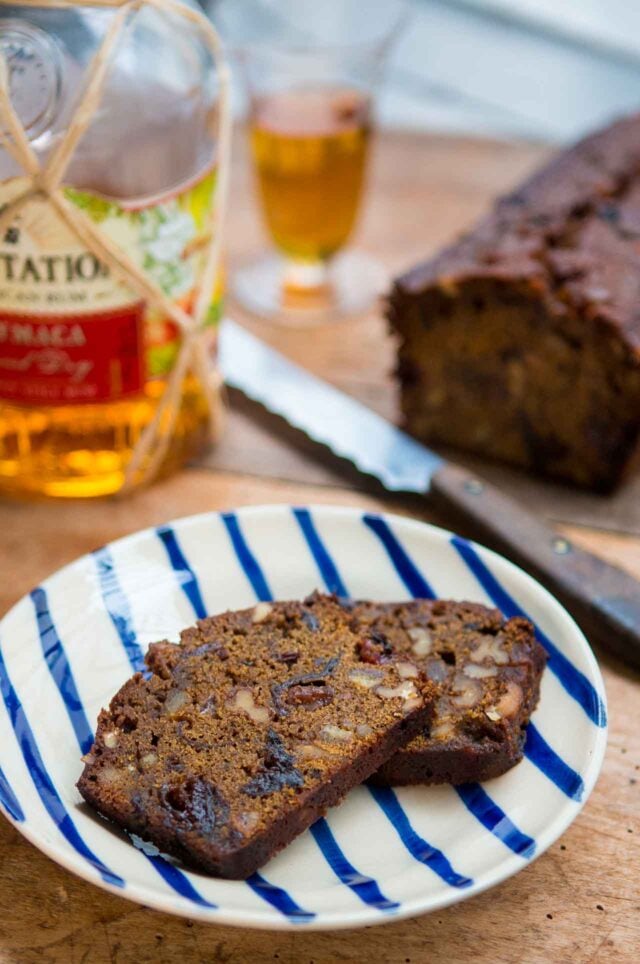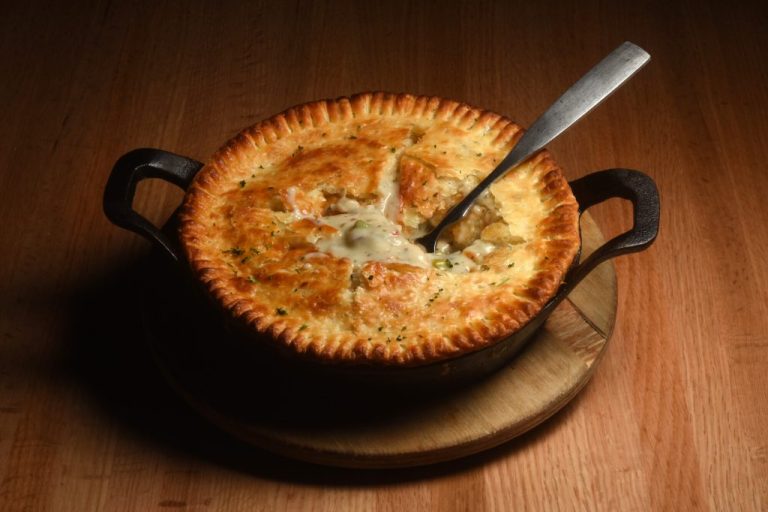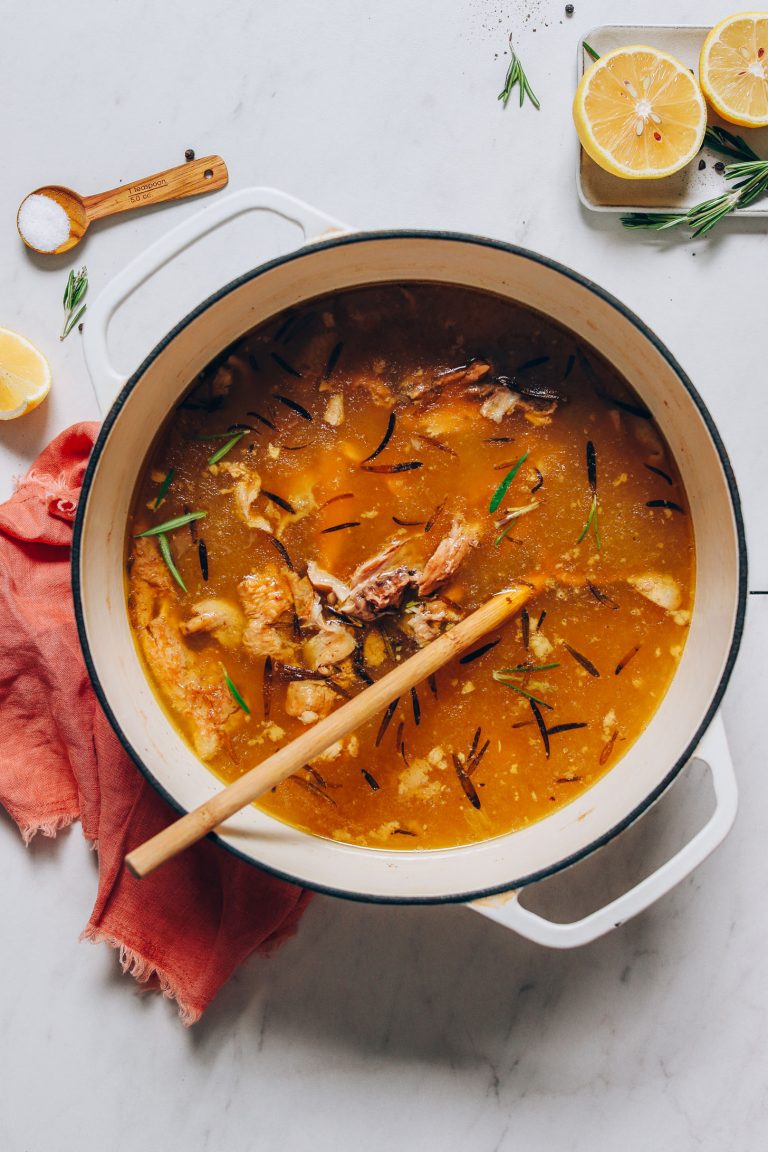Namasu Rice Salad With Pickled Daikon Radish and Carrots: History, Recipe, and Variations
Namasu dates back to the Nara period (710-794 AD) in Japan. Originally, it consisted of raw fish marinated in vinegar. Over time, it evolved to include various vegetables like daikon radish and carrots. Pickling in vinegar makes vegetables a staple in Japanese cuisine, adding a tangy flavor and aiding in preservation. The dish’s simplicity and the balance of flavors have helped it remain a favorite through centuries.
How It Spread Globally
During the late 20th century, Japanese cuisine gained popularity worldwide. Namasu, with its appealing blend of textures and tastes, became a natural inclusion in international menus. Japanese diaspora and global food trends further contributed to its spread. Now, you can find variations of Namasu Rice Salad in Japanese restaurants and fusion dishes across the globe, showcasing its adaptability and broad appeal.
Key Ingredients of Namasu Rice Salad
Benefits of Pickled Daikon Radish
Pickled daikon radish, integral to Namasu Rice Salad, offers several benefits. Its pickling process enhances a tangy flavor while preserving key nutrients. Daikon radish is rich in vitamin C, supporting immune function. With low calories and high fiber, it aids in digestion. Studies highlight its potential to improve liver function and detoxify enzymes, making it a wholesome addition.
Health Contributions of Carrots
Carrots in Namasu Rice Salad boost nutritional value. High in beta-carotene, carrots convert to vitamin A in the body, promoting eye health. Their antioxidants, including lutein and zeaxanthin, protect against cellular damage. Carrots also provide dietary fiber, supporting digestive health. Research indicates that these root vegetables can lower cholesterol and improve heart health, further validating their inclusion in the recipe.
Step-by-Step Recipe for Namasu Rice Salad
Preparing the Pickled Vegetables
Start with daikon radish and carrots. Slice them into thin, uniform strips about 2-3 inches long. Place the vegetables in a bowl, sprinkle with 1 tablespoon of salt, and let them sit for about 20 minutes. This process helps soften the vegetables and draw out excess moisture.
After 20 minutes, rinse the vegetables under cold water to remove the salt. Pat them dry with a clean towel. In a separate bowl, mix 1/2 cup of rice vinegar, 2 tablespoons of sugar, and 1 teaspoon of salt. Stir until the sugar dissolves completely. Add the prepared daikon and carrots to the vinegar mixture, ensuring they’re fully submerged. Let the vegetables marinate for at least 1 hour or overnight for a more intense flavor.
Combining Ingredients for Optimal Flavor
Cook 2 cups of short-grain sushi rice according to package instructions. Once cooked, let the rice cool to room temperature. Fluff the rice with a fork to ensure it doesn’t clump together.
In a large bowl, combine the cooled rice with the pickled daikon and carrots. Gently mix to distribute the vegetables evenly throughout the rice. For added flavor, sprinkle 1 tablespoon of toasted sesame seeds and 2 tablespoons of thinly sliced green onions over the salad. Mix gently to incorporate these additions.
Adjust the seasoning by adding more rice vinegar or a pinch of salt if needed. Serve the Namasu Rice Salad at room temperature or chilled, garnished with a few extra sesame seeds or green onions if desired. Enjoy as a refreshing side dish or a light main course.
Serving Suggestions and Variations
Traditional Versus Modern Serves
Traditional Namasu Rice Salad typically accompanies sushi or sashimi, enhancing the meal with its tangy pickled flavor. It’s common to serve the salad in small bowls alongside miso soup and green tea. For a classic presentation, garnish with sesame seeds and thinly sliced green onions.
Modern variations often incorporate diverse ingredients to cater to different palates. You might add slices of avocado or segments of citrus fruits for extra freshness. Sprinkle furikake seasoning over the top or mix in cooked edamame for added texture and nutritional value.
Creative Twists on the Classic Recipe
Experiment with seasonal vegetables to give the Namasu Rice Salad a unique twist. Use cucumbers, radishes, or bell peppers for varied textures and colors. Shredded beetroot can offer an earthy flavor and vibrant hue, transforming the dish.
Consider incorporating proteins like grilled chicken, tofu, or shrimp for a more substantial meal. You can also use brown rice or quinoa instead of sushi rice for a different nutritional profile. Turn the salad into a wrap by rolling it in nori sheets or serving it in lettuce cups for a portable option.
These approaches maintain the essence of Namasu Rice Salad while offering fresh, creative takes that suit different preferences and occasions.
Conclusion
Namasu Rice Salad with Pickled Daikon Radish and Carrots is a delightful fusion of tradition and innovation. Its rich history and versatile nature make it a perfect addition to any meal. Whether you stick to the classic recipe or explore modern twists, this salad offers endless possibilities to suit your taste and dietary preferences.
Embrace the tangy flavors and nutritional benefits of Namasu Rice Salad. Experiment with different ingredients and serving styles to create a dish that’s uniquely yours. Enjoy the freshness and creativity this timeless Japanese dish brings to your table.






